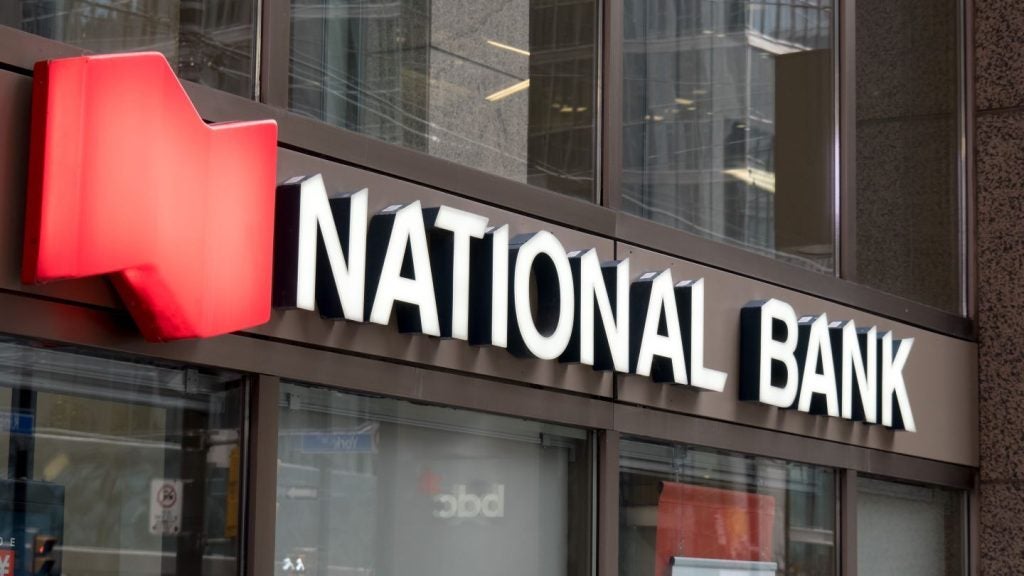The stricter capital requirements proposed for banks exposed to volatile cryptocurrencies reflect the high degree of risk of crypto-assets, says Fitch Ratings.
The recent consultation on the prudential treatment of banks’ crypto asset exposures from the Basel Committee on Banking Supervision (BCBS) would provide a much-needed regulatory framework as banks globally are exploring the potential risks and rewards from increasing exposure in this rapidly evolving asset class, the rating agency says.
The BCBS proposal recommends a differentiation in the prudential treatment of crypto assets. Tokenised traditional assets would be eligible for the same capital requirements as the underlying assets if they confer similar legal rights.
The prudential treatment of fully reserved crypto assets with stabilisation mechanisms such as stablecoin would aim to capture the risks of the underlying assets and of the unsecured commitment of the entity that exchanges the crypto asset for its underlying assets or cash.
Increased oversight requirements could reduce operational risks
An add-on operational risk charge could apply for these types of crypto assets.
The BCBS’s proposals explicitly exclude treatment of central bank digital currencies (CBDC), which, if introduced, would likely have similar risk profiles to central bank cash.
How well do you really know your competitors?
Access the most comprehensive Company Profiles on the market, powered by GlobalData. Save hours of research. Gain competitive edge.

Thank you!
Your download email will arrive shortly
Not ready to buy yet? Download a free sample
We are confident about the unique quality of our Company Profiles. However, we want you to make the most beneficial decision for your business, so we offer a free sample that you can download by submitting the below form
By GlobalDataThe proposed treatment of tokenised traditional assets or those with a stabilisation mechanism is not expected to hinder developments of new transaction and settlement technology, which could improve the liquidity of some assets and reduce transaction costs.
Increased oversight requirements related to the transfer and settlement of crypto assets could also reduce operational risks related to these assets.
Crypto assets that cannot be classified as tokenized traditional assets or that have no stabilisation mechanism would attract a much higher risk-weight of 1,250% to reflect their significantly higher risks to banks, owing to their volatility and opacity.
This treatment would be applied to cryptocurrencies such as bitcoin and Ethereum, which would also not be considered as redeemable within 30 days for the calculation of the regulatory liquidity coverage ratio.
To avoid higher capital requirements, banks holding stablecoin would be required to monitor daily the difference in value to the underlying pool of assets and to perform a detailed assessment of the stabilisation mechanism, which would exclude newly established crypto assets.
Banks would also be required to verify ownership rights of the underlying pool of traditional assets, with classification requiring formal approval from supervisors.
The associated regulatory burdens of this exposure are likely to discourage banks from holding stablecoins, especially those issued by third parties as the bank has little control over the underlying reserve pool and stabilisation mechanism.
Banks’ exposure to crypto assets remains small according to the BCBS
However, the rapid development of the asset class and the fast growth of crypto currencies that are not stabilised increases material risks for banks with cryptocurrency exposure.
The extreme price volatility of some of these assets and an unproven track record of liquidity will make it challenging to hedge positions when providing derivative instruments to institutional clients or when manufacturing investment products that reference crypto assets.
Allowing less sophisticated retail and private customers access to this asset class also entails substantial reputation and legal risk.
However, the higher capital and operational requirements related to cryptocurrency could hinder wide-scale adoption by banks, which would most likely hold these assets as custodians and not on balance sheets.
The punitive treatment of cryptocurrencies and their derivatives will likely discourage trading of cryptocurrency, or at least restrict banks to client transactions where exposure is kept neutral.
Governments are increasingly focused on issues surrounding cryptocurrencies, with some central banks exploring CBDCs. The recent notable exception is El Salvador, the first country to introduce bitcoin as legal tender.
In a communique following the G7 meeting earlier this month, finance ministers and central bank governors stressed that global stablecoins should adhere to strict standards and should not begin operation until relevant legal, regulatory and oversight requirements are adequately addressed.







